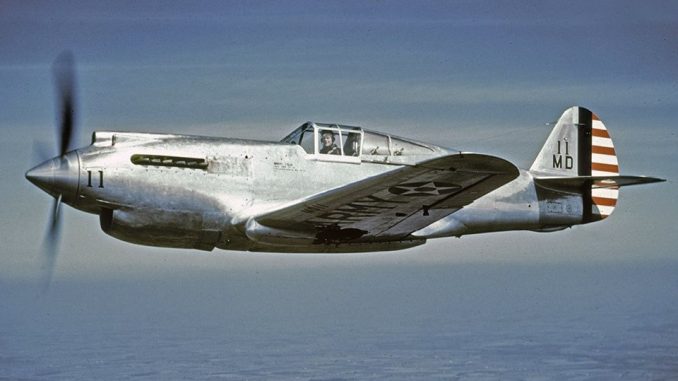
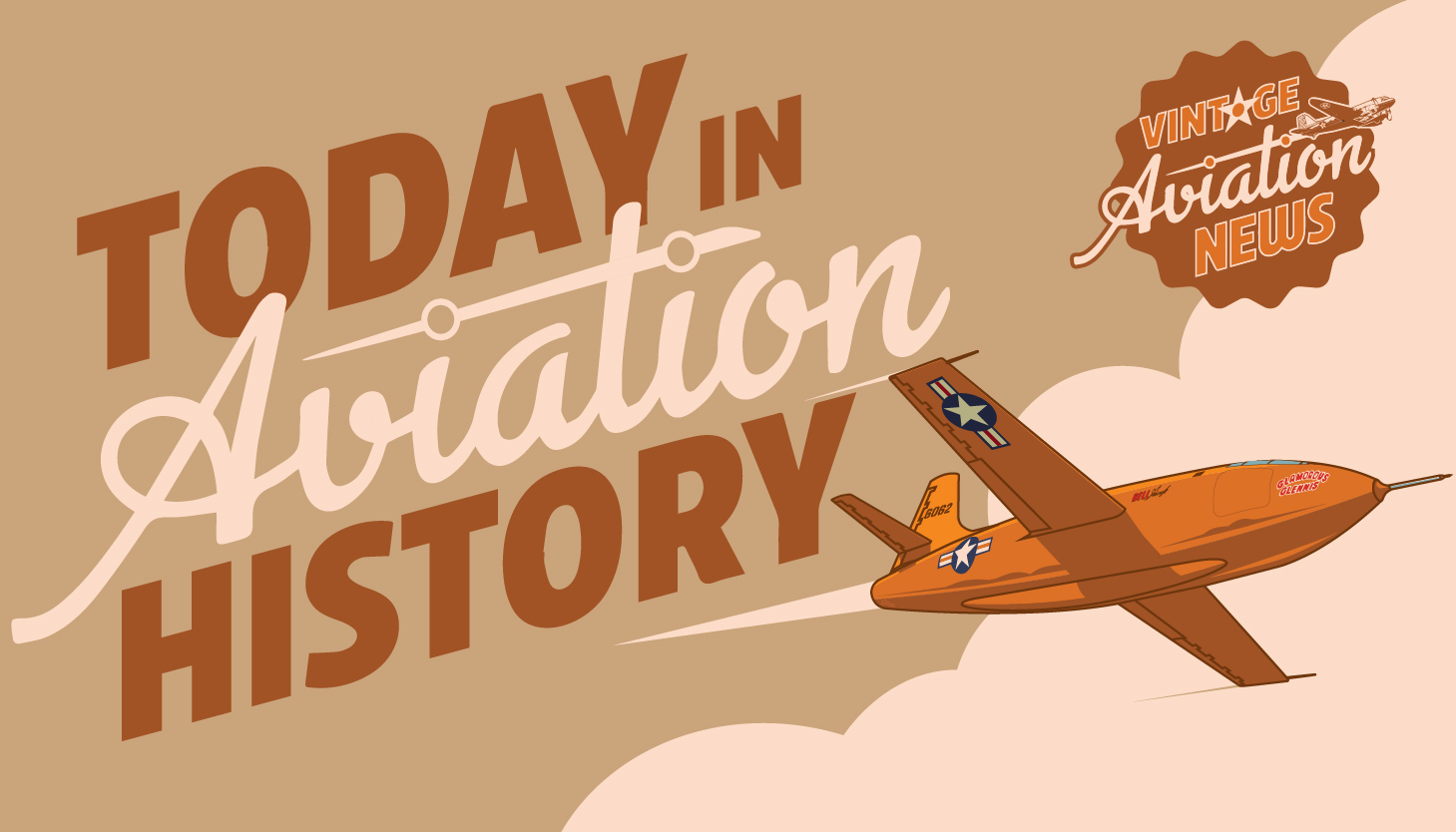
On October 14, 1938, the Curtiss P-40 Warhawk, an American single-engine fighter-bomber took its first soar in the skies as a rugged, adaptable aircraft. After significant modifications that reduced development time and allowed for rapid production, it soon became a critical asset for the Allied forces during World War II. Though it was not the fastest or most agile aircraft of its time, the P-40 excelled in versatility and durability, becoming one of the most widely recognized and used fighters of the war. The P-40 saw extensive action in World War II, becoming a workhorse for Allied forces around the world. By the time production ended in November 1944, 13,738 units had been built, making it the third most-produced American fighter of the war, following the P-51 Mustang and P-47 Thunderbolt. All of these aircraft were manufactured at the Curtiss-Wright Corporation’s main facility in Buffalo, New York. Its deployment spanned across major theaters of the war, from North Africa to the Pacific, where it remained in frontline service until the end of the conflict.
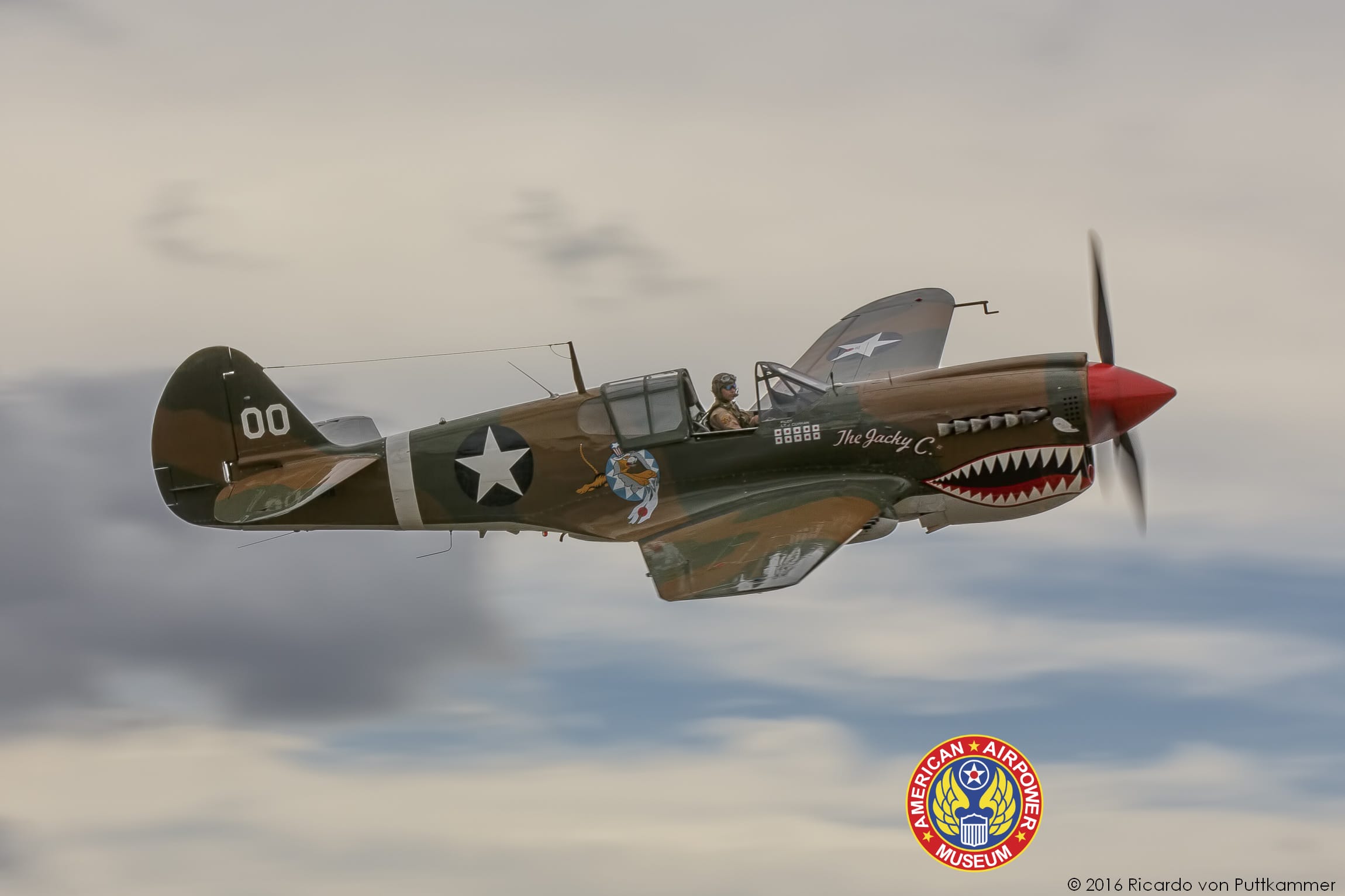
The Manufacturing Process and Refinements
Designed as a pursuit aircraft, the P-40 was known for its agility at low and medium altitudes. However, its performance faltered at higher altitudes, particularly when engaging faster, more agile Japanese fighters like the Mitsubishi A6M Zero. Despite this, in theaters such as North Africa and Russia, the P-40’s tight-turning ability at medium and high speeds gave it an advantage over many of its adversaries. The Allison engine, chosen for its durability and smooth power curve, became a critical component of the P-40’s identity. Its smaller frontal area compared to radial engines gave the aircraft a more streamlined profile, which helped increase its speed potential. Lieutenant Benjamin S. Kelsey of the U.S. Army Air Corps foresaw the engine’s potential and advocated for further development. Additionally, with a five-spar wing design and a semi-modular airframe, it was capable of withstanding high-G maneuvers and surviving harsh environments. Stories of P-40 pilots flying damaged aircraft over long distances, or even engaging in intentional ramming attacks, highlighted its reputation as a tough, reliable aircraft.
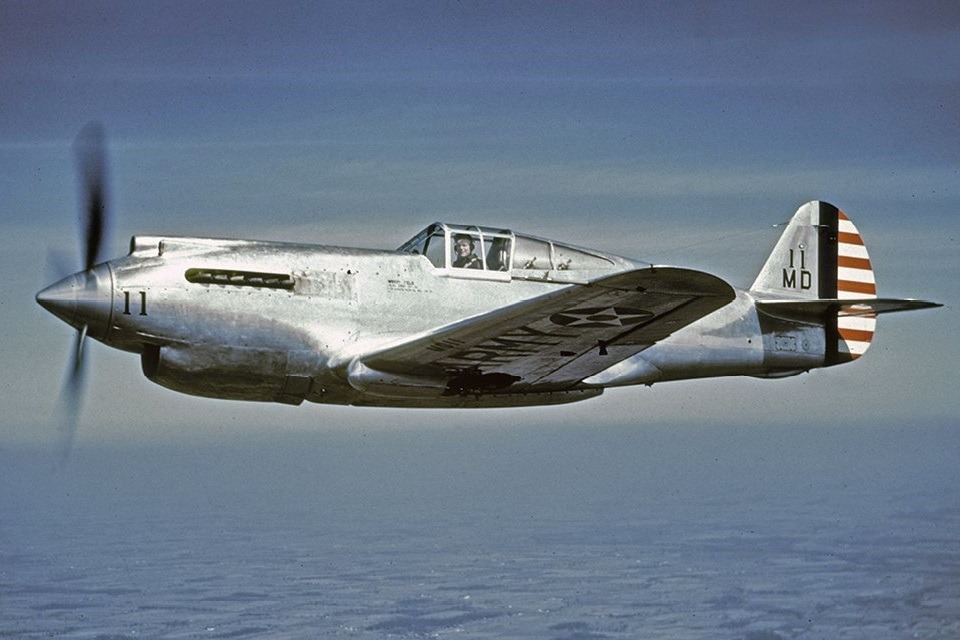
The Fantastic First and the Refined Lasts
With successful manufacturing, the P-40’s journey began on October 14, 1938, when Curtiss test pilot Edward Elliott took the XP-40 prototype for its maiden flight in Buffalo, New York. The XP-40 was based on the 10th production P-36 Hawk, but instead of a radial engine, it used a liquid-cooled Allison V-1710 V-12 engine. This initial test flight was considered successful, though the aircraft’s performance, especially its speed, was slightly disappointing. At 315 mph, it was slower than expected, but it showed enough promise to warrant further development. Certain setbacks including the engine and the coolant were noticed after the flight. The initial 1,040 hp Allison engine, which, although durable, limited the aircraft’s top speed and high-altitude performance due to its single-stage supercharger. The glycol coolant radiator used in initial designs under the aircraft’s belly hindered performance. The relatively underpowered engine and placement of the radiator caused the aircraft to lag behind expectations in speed tests. However, the streamlined design made possible by the V-12 engine still held potential, which spurred engineers to improve its aerodynamics.
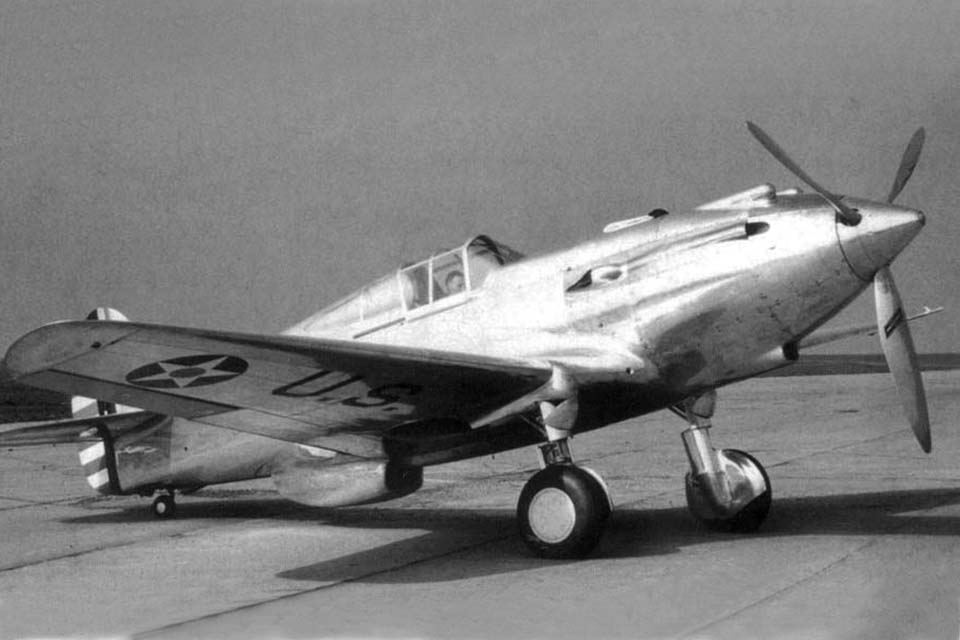
Considering the drawbacks, the XP-40 underwent modifications after early performance tests, including moving the radiator to the chin, just under the engine. These changes, along with improvements to the landing gear doors and exhaust manifold, resulted in significant performance boosts. Later variants also featured more powerful engines, such as the 1,200 hp Allison or the 1,400 hp Packard Merlin, significantly improving the P-40’s overall performance, especially in diving acceleration. After further testing and refinement in the wind tunnel, the XP-40 reached 354 mph, making it competitive with other fighters of the time.
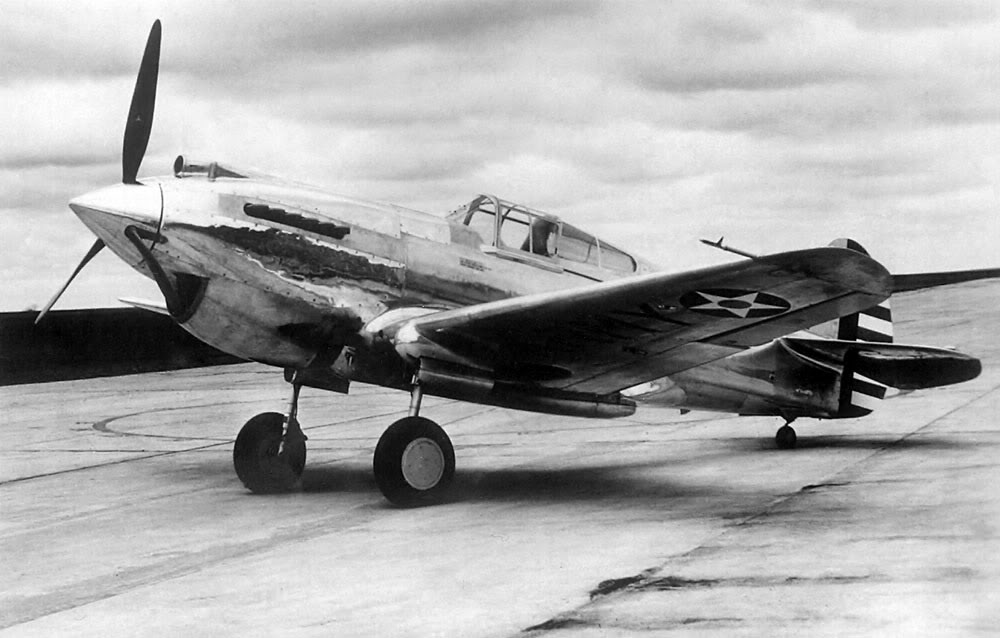
Aces and Combat Success
The P-40 saw its first military order in April 1939, when the U.S. Army Air Corps commissioned 524 P-40s. The French Air Force also placed an early order, but after France’s defeat, these aircraft were diverted to British Commonwealth forces as the Tomahawk I. Over 200 Allied pilots became aces while flying the P-40, with at least 20 double aces emerging from theaters such as North Africa, China, Burma, India, the Southwest Pacific, and Eastern Europe. Pilots from the UK, Australia, New Zealand, Canada, South Africa, the U.S., and the Soviet Union relied on the P-40 for its durability and effectiveness in combat. Its relatively low production cost and robust construction also made it an effective ground-attack aircraft even as it became outdated as a pure fighter.
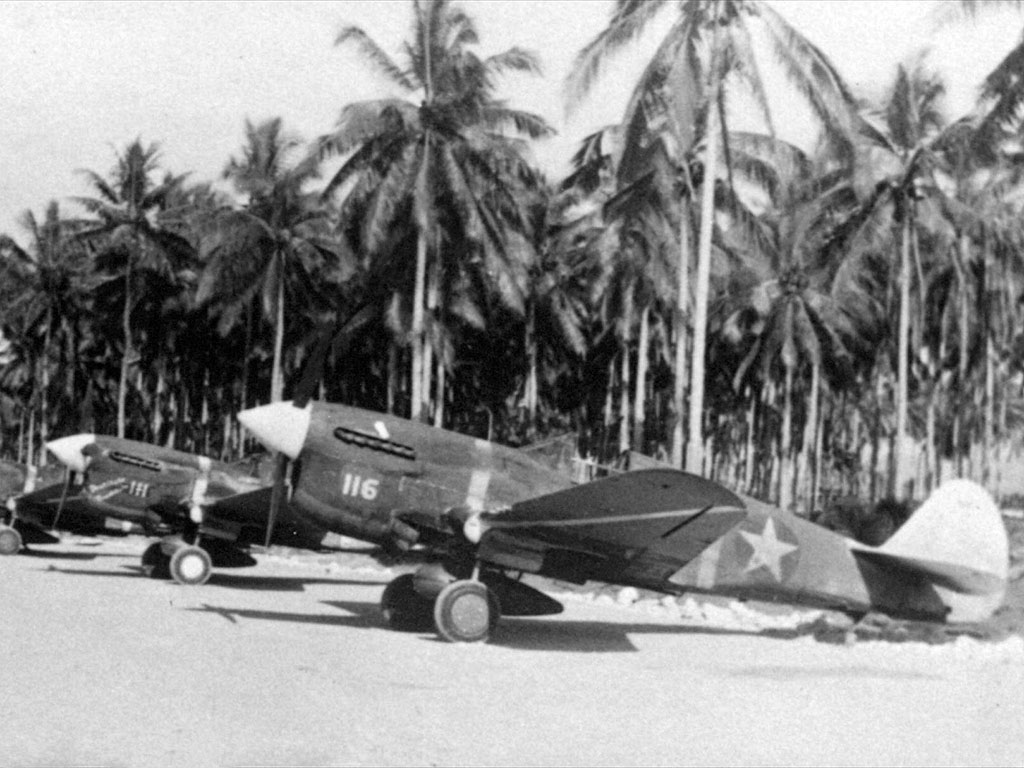
Among the many P-40 operators, Gen. Claire Chennault’s “Flying Tigers” became legendary for their defense of China against Japanese forces. Flying the shark-mouthed Tomahawks, they achieved great success despite being outnumbered and often outclassed by Japanese aircraft. Another notable figure was Lt. Boyd D. Wagner, who became the first American ace of World War II in December 1941 while flying a P-40E in the Philippines.
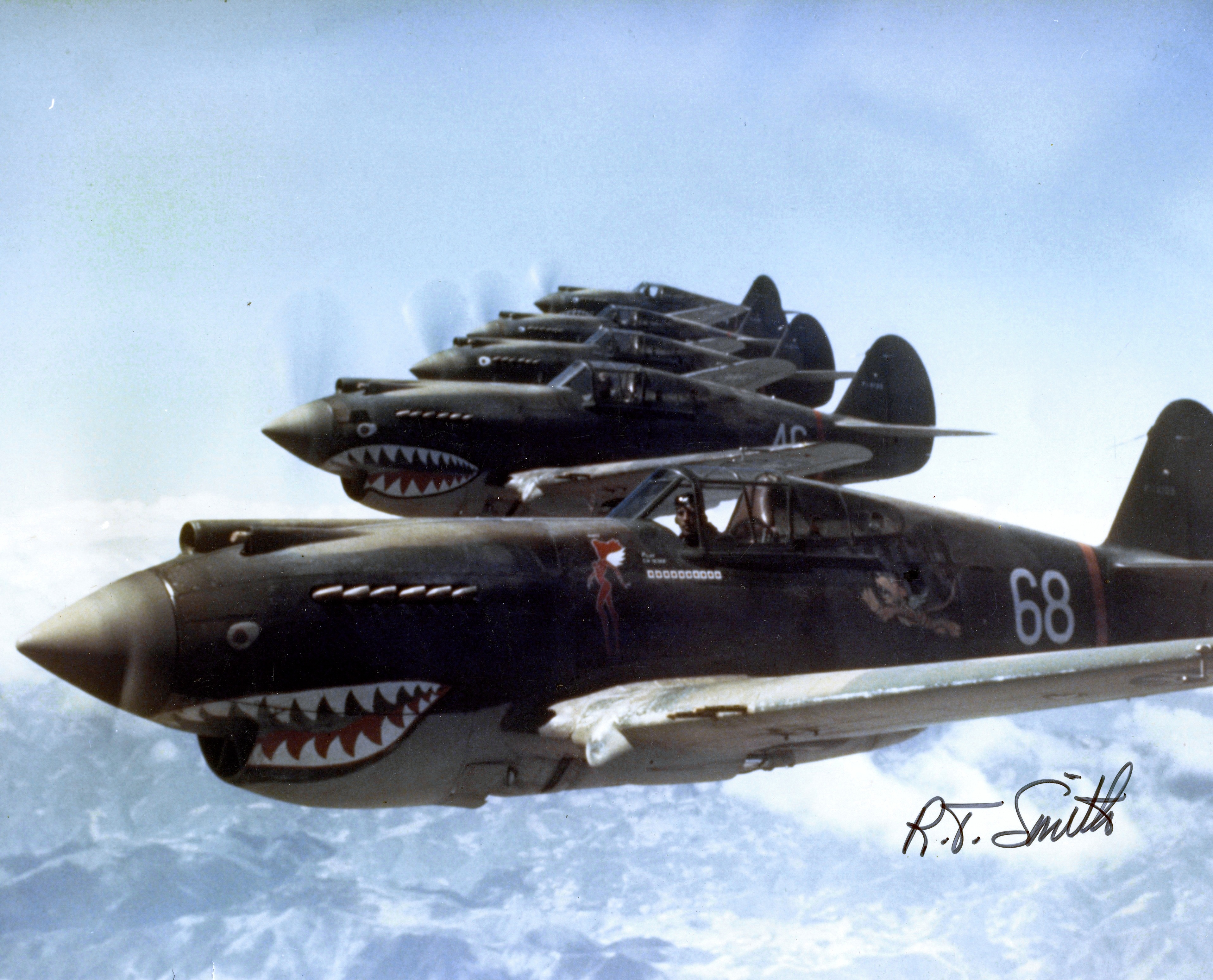
Post-War Reputation
In the immediate post-war years, the P-40 was sometimes dismissed as a mediocre design, particularly for its performance in close-air support roles. However, later analysis has shown that it was a more capable aircraft than it was given credit for at the time. Despite suffering significant losses on occasion, the P-40 inflicted serious damage on enemy aircraft, performing well in both air-to-air and air-to-ground missions. Its rugged design allowed it to serve in environments where other aircraft might have failed.
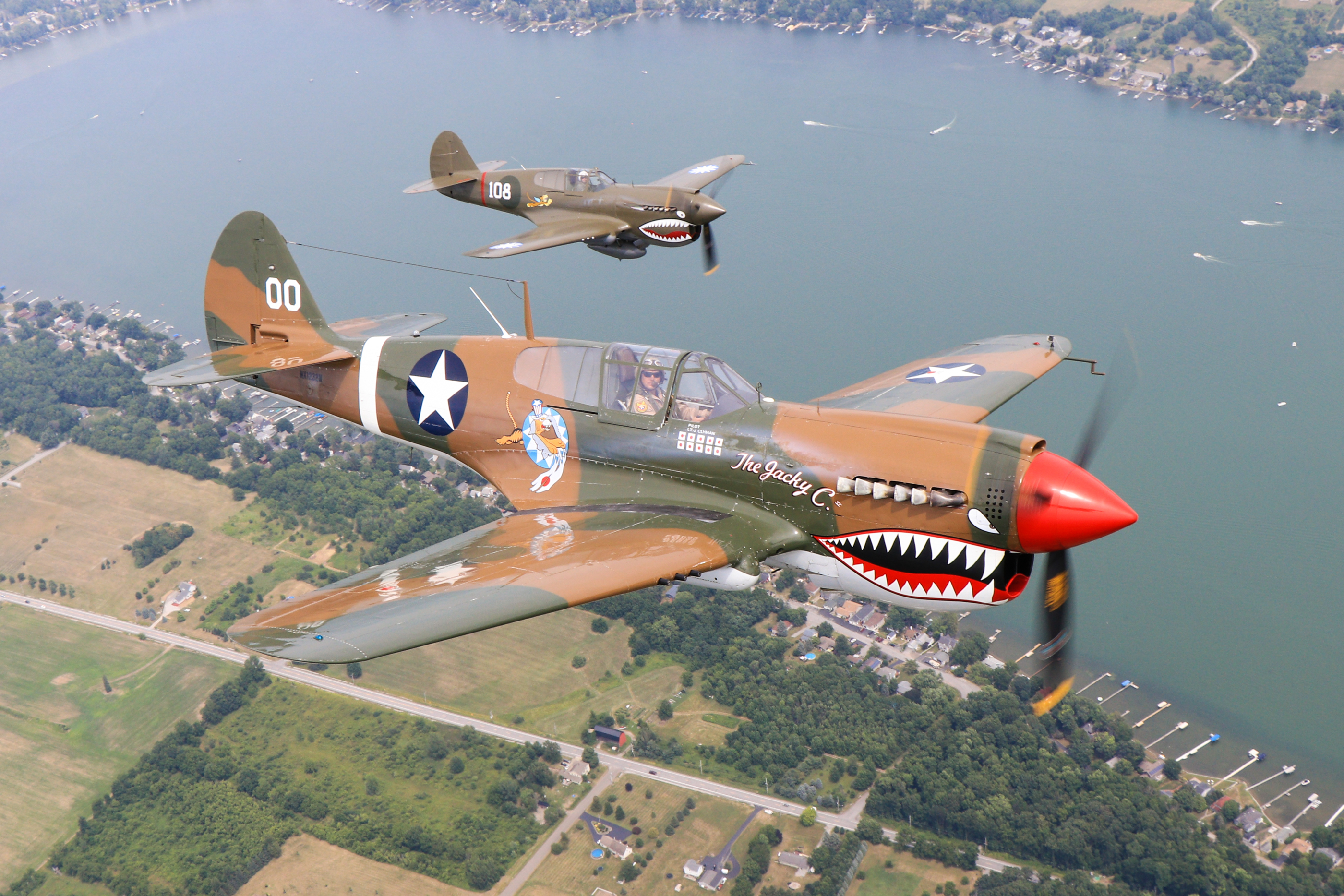
However, it continued to serve in the air forces of numerous nations, including Brazil, Egypt, and Turkey. Its rugged construction allowed it to remain in service well into the 1950s, long after other aircraft of its generation had been retired. Though often overshadowed by more advanced fighters, its versatility, durability, and ruggedness made it a reliable workhorse in diverse combat scenarios. Pilots who flew it—whether in the scorching deserts of North Africa, the jungles of the Pacific, or the skies over China—knew they could rely on the P-40 to deliver. Its distinctive shark-mouth nose art and widespread use by air forces around the world have earned the P-40 a lasting legacy as one of the iconic fighters of World War II.
Today in Aviation History is a series highlighting the achievements, innovations, and milestones that have shaped the skies. All the previous anniversaries are available HERE.
Related Articles
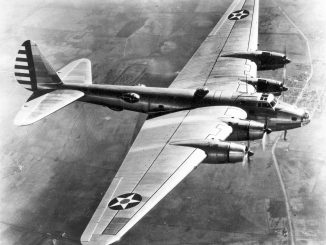
Today in Aviation History: First flight of the Boeing XB-15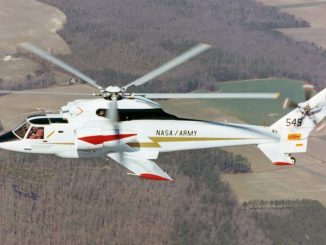
Today in History: First flight of the Sikorsky S-72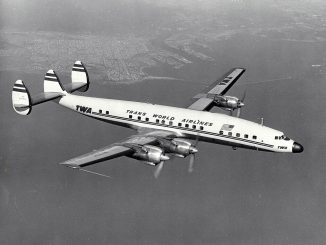
Today in Aviation History: First flight of the Lockheed L-1649…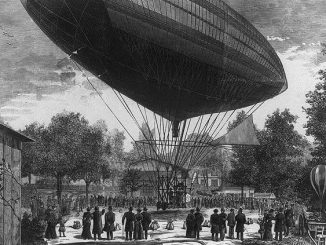
Today in Aviation History: First Electric Airship Flight by Tissandier…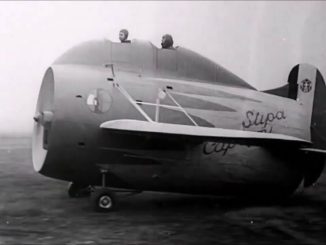
Today in Aviation History: First Flight of the Stipa-Caproni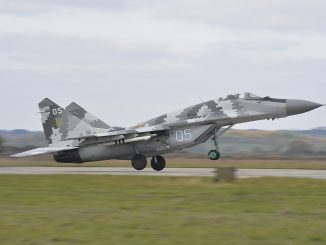
Today in Aviation History: The First Prototype of the Mikoyan…
"Haritima Maurya, pen name, ""Another Stardust,"" has been passionate about writing since her school days and later began sharing her work online in 2019. She was drawn to writing because of her love for reading, being starstruck by the art of expression and how someone can make you see and feel things exclusive to their experience. She wanted to be able to do that herself and share her mind with world cause she believes while we co exist in this beautiful world least we can do is share our little worlds within.
As a commercial pilot, Haritima balances her passion for aviation with her love for storytelling. She believes that, much like flying, writing offers a perspective beyond the ordinary, offering a bridge between individual experiences and collective understanding.
Through her work, ""Another Stardust"" aims to capture the nuances of life, giving voice to moments that resonate universally. "




Be the first to comment
Graphic Design, Branding and Aviation Art